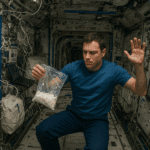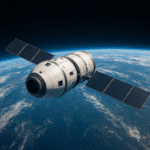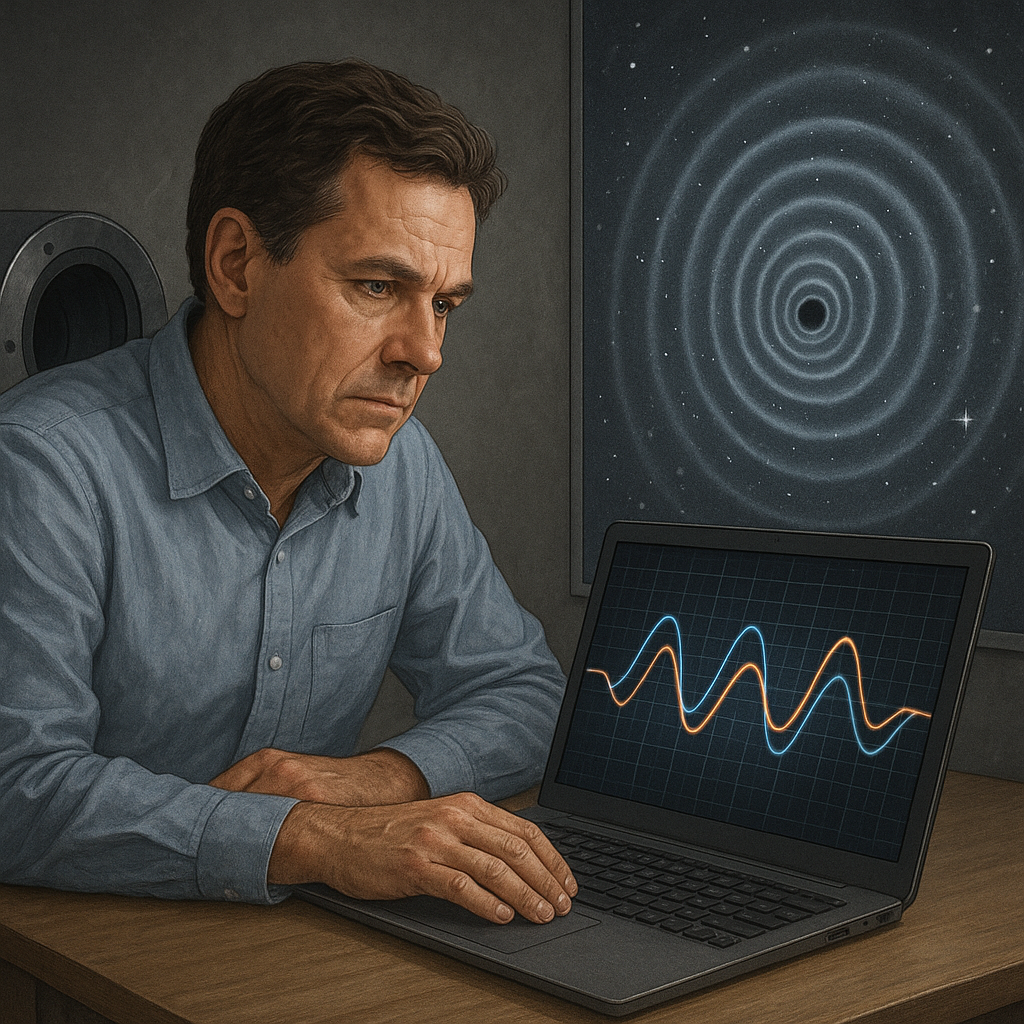Space is often depicted as a serene void, yet the reality of exposure without protection is far more brutal. Understanding how the human body responds to the harsh environment beyond our atmosphere offers insight into both the fragility and resilience of life. In this exploration of unprotected space exposure, readers will learn about the immediate threats, the underlying physics, and the experimental data that shape our knowledge of survival limits.
Immediate Physiological Challenges
Stepping into a vacuum without a spacesuit triggers a cascade of life-threatening events within seconds. The absence of external pressure causes bodily fluids to vaporize, a phenomenon known as ebullism. This effect leads to swelling and severe internal damage, although the skin’s resistance prevents a complete blowout. Simultaneously, oxygen in the lungs begins to expand, risking rupture if not exhaled properly before exposure.
One of the first critical threats is asphyxiation. Without atmospheric oxygen, cells rapidly lose their energy source, and consciousness fades in as little as 9 to 12 seconds. Blood oxygen saturation plummets, and tissues shift toward anaerobic metabolism, producing harmful byproducts. The brain, being highly sensitive to oxygen deprivation, sustains irreversible damage within minutes.
Another concern is the disruption of thermoregulation. In space, there is no medium for heat transfer via convection or conduction. Astronauts rely on radiation to dissipate body heat. However, in the vacuum, radiant heat loss and gain can vary dramatically depending on sun exposure. Direct sunlight can raise external body temperature rapidly, while shaded regions plunge toward freezing.
Physical Processes of Exposure
Rapid Decompression and Vacuum Effects
When a pressure vessel fails, the human body faces a near-instantaneous drop to near-zero pressure. The phenomenon of decompression can cause nitrogen bubbles to form in blood and tissues, akin to severe decompression sickness divers experience. These bubbles obstruct blood flow, damage capillaries, and intensify the body’s trauma response.
- Gas Embolism: Air bubbles in blood vessels can block circulation to vital organs.
- Swelling: Subcutaneous tissues expand, potentially doubling in volume, though elastic skin limits catastrophic rupture.
- Eye Damage: Fluid vaporization in ocular tissues can lead to hemorrhaging and vision loss.
Radiation Hazards
Beyond the atmosphere lies a torrent of cosmic rays and high-energy particles. Without magnetic field protection, humans are exposed to intense radiation that can cause acute radiation sickness. DNA damage, cellular mutations, and increased cancer risk become critical concerns even over short durations. In the event of direct exposure during an accidental EVA, the cumulative dose could produce measurable physiological effects in minutes, depending on solar activity.
Survival Duration and Scenarios
Determining an exact survival window is complex, as variables such as body position, prior oxygen saturation, and immediate self-rescue attempts influence outcomes. Experimental data from animal studies and rare human accidents provide rough estimates:
- Loss of Consciousness: 9–12 seconds after pressure drop due to hypoxia.
- Sublethal Injury Threshold: Approximately 30 seconds of total exposure, beyond which permanent organ damage occurs.
- Critical Survival Limit: 90 seconds to two minutes, assuming rapid repressurization and oxygen replenishment.
In a hypothetical scenario, an astronaut experiencing a suit breach could hold their breath to ease lung expansion, exhale forcefully to avoid alveolar rupture, and initiate emergency repressurization within the crucial 30-second window. Modern suits are equipped with sensors and automated seals designed to minimize exposure, but in a worst-case accident, training and immediate response are the only safeguards against irreversible harm.
Lessons from Historical Incidents and Experiments
Scientific understanding of vacuum exposure stems from controlled laboratory studies with animal subjects and documented human episodes. In the 1960s, NASA researchers exposed small mammals to vacuum conditions, observing similar swelling, unconsciousness onset, and the necessity of swift recompression for survival. Anecdotal evidence from two aerospace technicians accidentally subjected to depressurization reported loss of consciousness around 15 seconds and full recovery after rapid medical intervention.
These incidents underscore the importance of stringent safety protocols and the continuous refinement of protective gear. Technologies such as instant patch systems and redundant layers of pressurized suits have evolved to reduce the odds of full vacuum exposure. Ground simulations in high-vacuum chambers reinforce training in emergency egress and repressurization procedures.
Implications for Future Exploration
As humanity plans longer missions to the Moon, Mars, and beyond, designing robust life-support systems becomes ever more critical. Advances in materials science aim to create ultra-lightweight yet highly durable suit fabrics, while smart sensors promise real-time monitoring of microleaks before they escalate. Additionally, research into artificial gravity habitats could mitigate some risks associated with vacuum environments by reducing reliance on bulky suit systems during routine operations.
Ultimately, understanding how the human body reacts to unprotected space exposure is not just an academic pursuit—it’s a foundation for ensuring safety as we push the boundaries of exploration. Each new discovery in physiology, engineering, and emergency response brings us one step closer to making deep-space travel both feasible and survivable.










